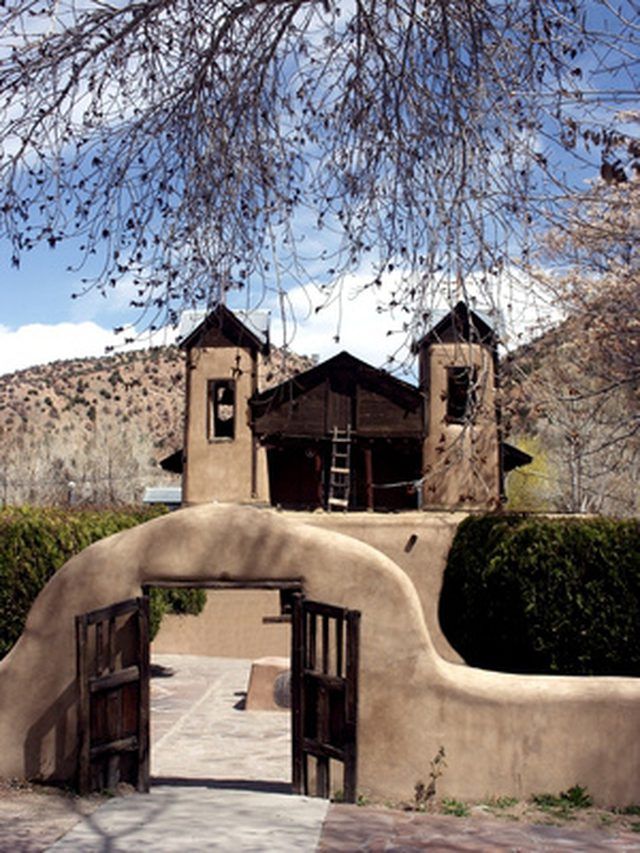Bulbs
Flower Basics
Flower Beds & Specialty Gardens
Flower Garden
Garden Furniture
Garden Gnomes
Garden Seeds
Garden Sheds
Garden Statues
Garden Tools & Supplies
Gardening Basics
Green & Organic
Groundcovers & Vines
Growing Annuals
Growing Basil
Growing Beans
Growing Berries
Growing Blueberries
Growing Cactus
Growing Corn
Growing Cotton
Growing Edibles
Growing Flowers
Growing Garlic
Growing Grapes
Growing Grass
Growing Herbs
Growing Jasmine
Growing Mint
Growing Mushrooms
Orchids
Growing Peanuts
Growing Perennials
Growing Plants
Growing Rosemary
Growing Roses
Growing Strawberries
Growing Sunflowers
Growing Thyme
Growing Tomatoes
Growing Tulips
Growing Vegetables
Herb Basics
Herb Garden
Indoor Growing
Landscaping Basics
Landscaping Patios
Landscaping Plants
Landscaping Shrubs
Landscaping Trees
Landscaping Walks & Pathways
Lawn Basics
Lawn Maintenance
Lawn Mowers
Lawn Ornaments
Lawn Planting
Lawn Tools
Outdoor Growing
Overall Landscape Planning
Pests, Weeds & Problems
Plant Basics
Rock Garden
Rose Garden
Shrubs
Soil
Specialty Gardens
Trees
Vegetable Garden
Yard Maintenance
How to Build a Green House in the Desert
How to Build a Green House in the Desert. Building a green, sustainable home in the desert offers some challenges but it can be done. The biggest challenges are rain water catchment and keeping the house cool enough during the day and warm enough in the evenings.

Building a green, sustainable home in the desert offers some challenges but it can be done. The biggest challenges are rain water catchment and keeping the house cool enough during the day and warm enough in the evenings.
Things You'll Need
Land
Rainwater catchment
Gutters
Solar panels
Windmill
Sand
Clay
Water
Straw
Soil
Recycled cans
Wire
Recycled bottles
Design a small home. The smaller the home, the easier it will be to cool and heat.
Situate your home on a lot, ensuring most windows facing south. Build the back of the home into a berm to create thermal mass. Do not add windows to the back of the home. Thermal mass and southern direction are key components to keep your home cool during the day and warm at night without using other energy sources.
Set up renewable energy such as windmills and solar panels.
Build a rain water catchment tank. Set up your rain gutters so that they collect rainwater from the roof and funnel it directly into your catchment tank in order to maximize the number of gallons you can collect.
Use locally found, natural building materials. In the desert, your best building material is probably cob. Cob is like adobe but you can sculpt it more freely. Cob is made up of sand, clay, soil, straw and water.
Fill in non-weight-bearing walls with recycled materials. You can make "bricks" with soda cans bundled together with wire and covered with the cob mixture. This helps to speed up the building process by taking up space in the cob. You can also put soda or wine bottles into the walls horizontally so that you can see the bottle bottoms and situate them so that light from the outdoors shines through them for an artistic effect.
Tips & Warnings
You probably won't be able to collect enough water in your rainwater catchment system for your entire household. So when pricing your home, consider the cost to either have water trucked in to fill up your catchment or to hook up to the city water utility. If you only get a few inches of rainfall each year, use the catchment water to water your outdoor garden.
Consider setting up planters in front of your south-facing windows and grow your own food indoors. They will love the sunlight and you can enjoy fresh grown produce year round.
When building with cob, it takes a lot of trial and error to get exactly the right proportions of sand, clay, soil, water and straw. Experiment by building a small outdoor oven made of cob to see how it fares over time.
Be sure to allow each layer of cob to fully dry before adding another layer or your walls will slouch under the weight of the next layer.
Cob building is quiet (no mechanical devices needed), close to nature and one of the oldest building methods on the planet. You can create a work of art sculpting your home and it could last a thousand years. But the downside is it takes a long time to build your home, adding one layer at a time, allowing each layer to dry.